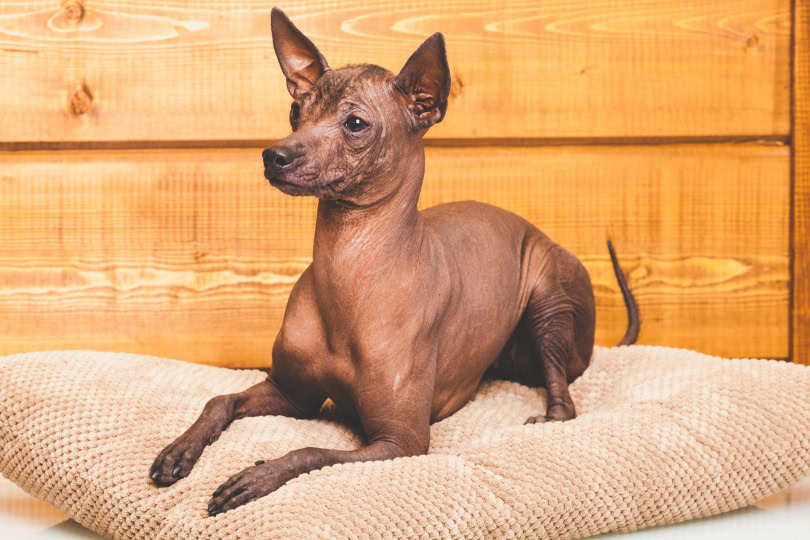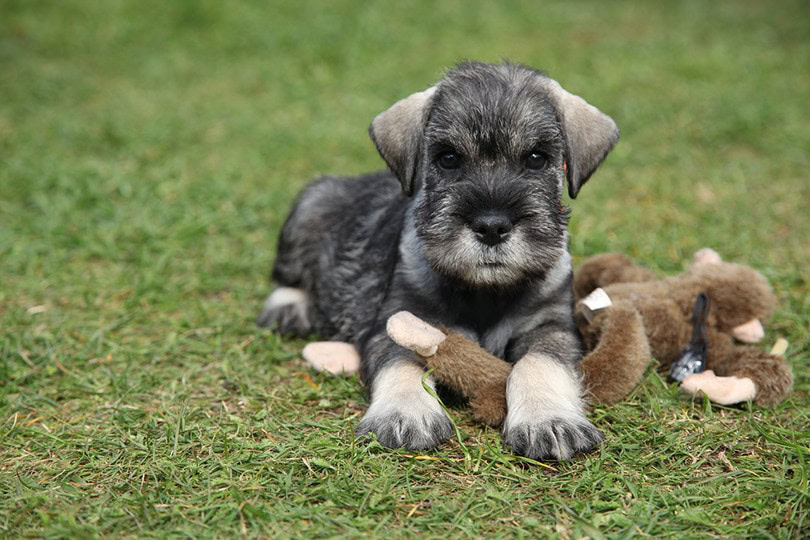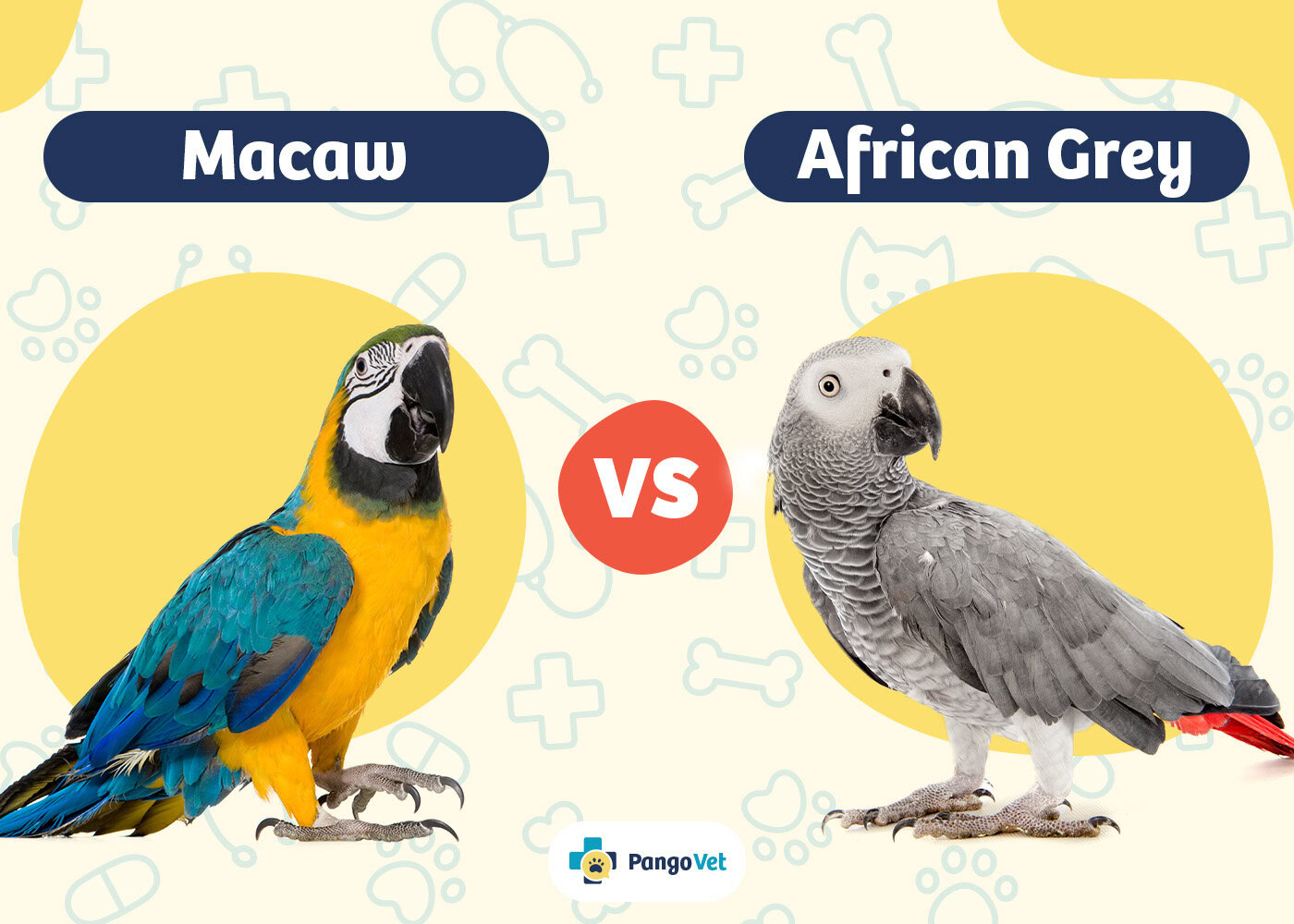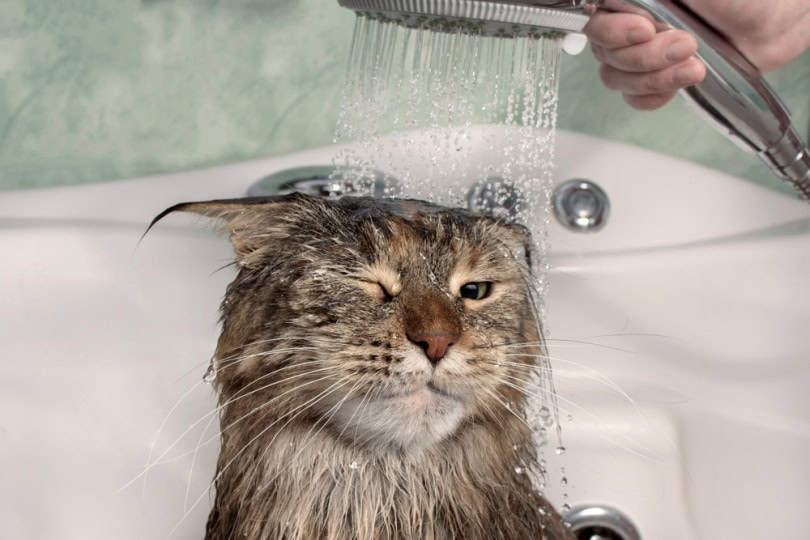VET APPROVED

The information is current and up-to-date in accordance with the latest veterinarian research.
Learn more »Click to Skip Ahead
We’ve all heard the phrase dogs are a man’s best friend. Nowadays, that isn’t exactly true. Gone are the days of men and dogs being the only ones in the home to bond. Dogs are now everyone’s best friend. They protect our kids, they cuddle with their moms, and they provide people with a lifetime of love, loyalty, and laughs.
While the old views of dogs have changed drastically, so have their looks. Owners want elaborate hairstyles, cute outfits, and even colored nails for their pooch. Dog breeds have also changed throughout the years. Purebred dogs are still sought after, but designer dog breeds, the crossing of two purebred dogs, are now all the rage. Let’s take a look at what a designer dog is and why so many pet owners want to make them a part of their family.

What Is a Designer Dog?
A designer dog is intentionally created by crossing two purebred dogs. While this may sound like any mixed-breed dog, the key difference is pedigree—designer dogs come from two distinct purebred bloodlines, carefully selected to combine desirable traits from both.
Some refer to them as designer hybrid dogs, but they are essentially crossbreeds with registered purebred parents. While calling your dog a “hybrid” might sound impressive, it could also raise some eyebrows, so choosing the right terminology matters!

How Are Designer Dogs Bred?
No matter how badly you may want to, you can’t grab your mom’s registered Golden Retriever and decide you’re going to crossbreed it with a Poodle for a recognized designer breed. This type of breeding takes careful planning and several litters to become recognized as a designer breed. It also takes time. For a breed to even be considered for registration as a designer breed, three generations of breeding and documentation are required. This is why so many people turn to good, ethical breeders for their pups.
To become a recognized designer breed, a recognized kennel club must trace the bloodlines. This tracing of the ancestry goes back to the original dame and sire. Once the kennel club has double-checked all documentation and traced the lines, they will recognize the new breed. This elevates the breed and gives it true designer breed status.

The Advantages of Designer Dog Breeds
Other than having a friend for life, there are some advantages to owning a designer dog breed. One of the most notable advantages, however, is combining the best attributes of both parent breeds. If you love the loyalty and intelligence of a Labrador Retriever but enjoy the look of a Poodle, then a Labradoodle may give you everything you want in a pet.
An enhanced gene pool is also an advantage of designer breeds. When you breed two registered bloodlines, the outcome may be a heartier litter. When breeding dogs that aren’t registered or that may be considered “mutts” the outcomes are less reliable.
The Disadvantages of Designer Dog Breeds
While these types of dogs have great advantages for owners, there are also a few disadvantages. When breeding two pureblood dogs of the same breed, the result is expected. That’s not the case with designer dogs. It is impossible to tell which attributes of their parents a pup will retain. This leaves breeders of designer dogs unable to predict what each litter of pups will bring them.
Another big issue with designer dogs is the demand for them. With so many people wanting these kinds of dogs in their homes, the chances of the backyard and unethical breeders increase. As with any dog, always learn as much as you can about the breeder you work with. An ethical breeder who cares for their bloodlines and pups is the best one to work with no matter the breed you’re searching for.
Are Designer Dogs Healthier?
A designer dog’s health largely depends on the parent breeds. If you breed two dogs who have a long list of health issues, most likely, the pups will have a few of the same problems. However, reputable breeders use trusted bloodlines and conduct genetic testing to minimize the risk of inherited conditions. When responsible breeding practices are followed, designer dogs can sometimes be healthier than their purebred counterparts.
While illnesses and accidents can happen to any dog throughout their lives, with designer dogs, health issues are often lessened. The important thing to remember, however, is that every pet should get routine checkups from their vet. This will help you stay on top of any underlying issues you and the breeder never knew about.

What Are the Most Commonly Recognized Designer Dogs?
When designer dogs are mentioned, a few immediately spring to mind. The combination of certain breeds can make life with a dog easier on people who benefit from less hair shedding or for homes best suited for smaller dogs. Here’s a look at a few of the world’s most beloved designer dog breeds. Keep in mind, though, this is a small list. There are more designers out there waiting for you to bring them home.
- Cockapoo – a cross of the Poodle and Cocker Spaniel.
- Peke-a-poo – a cross of the Poodle and Pekingese.
- Malti-Poo – a cross of the Maltese and Poodle.
- Labradoodle – a cross of the Standard Poodle and Labrador.
- Goldendor – a cross of the Golden Retriever and Labrador.
- Goldendoodle – a cross of the Golden Retriever and Poodle.
- Puggle – a cross of the Beagle and Pug.
- Schnoodle – a cross of the Miniature Poodle and Miniature Schnauzer
- Yorkipoo – a cross of the Yorkshire Terrier and Miniature Poodle.

Summary
As you can see, designer dogs are all the rage due to their strong genetics, fabulous looks, and the cuteness overload they bring into a pet owner’s life. By combining two pureblood lines, the result is designers with the best attributes of their parent breeds. These adorable dogs are now a favorite around the world and simply waiting for the right owner to make them a part of the family.
Featured Image Credit: zora4dogs











